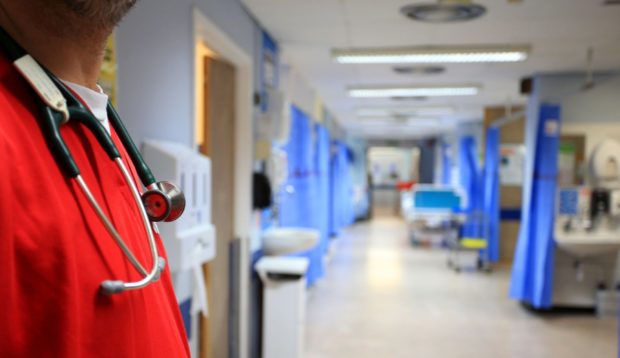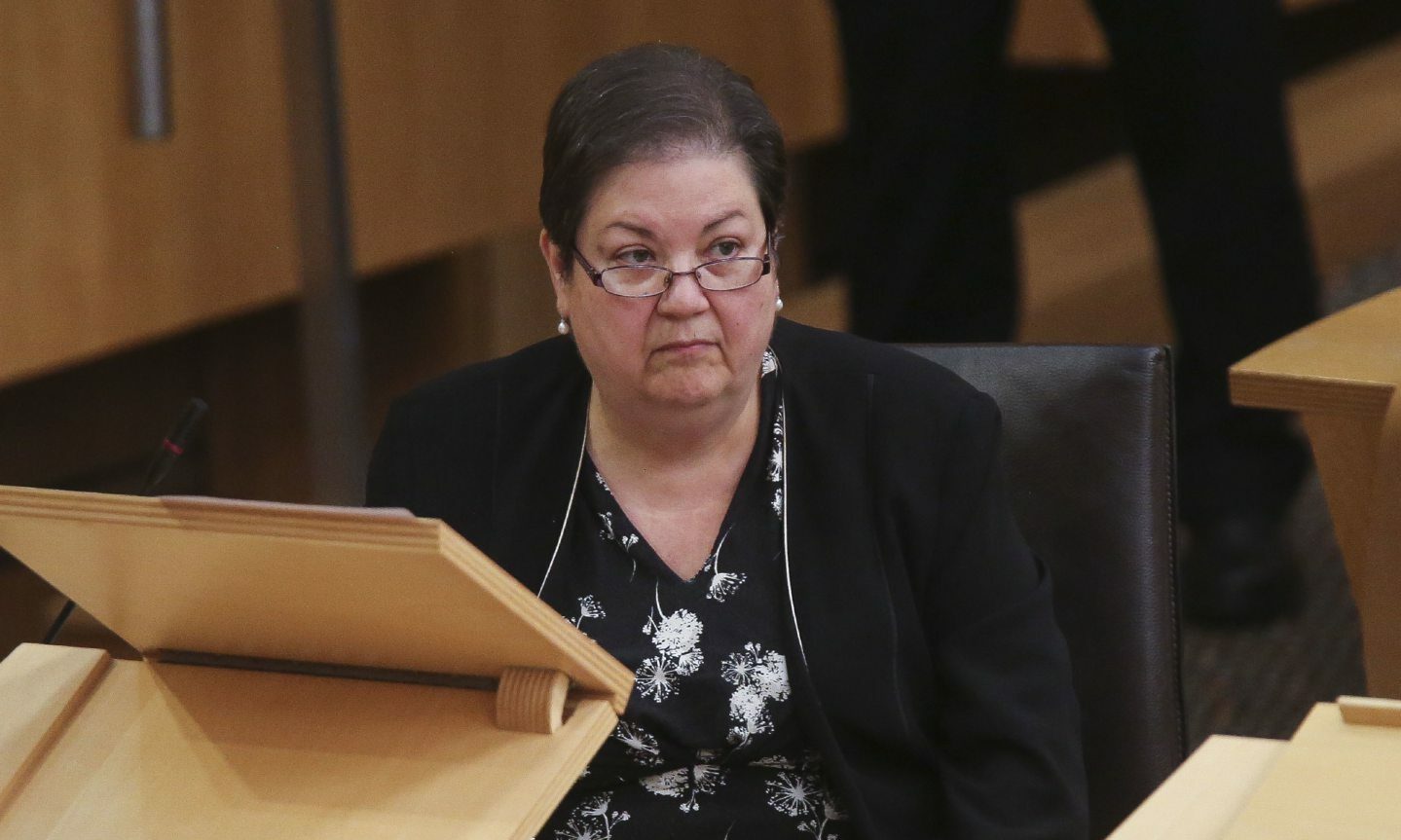The cost of agency and bank medical staff in Tayside has rocketed by more than 350% in seven years, according to “shocking” figures on NHS spending.
Workforce statistics published last week confirm annual spending in the region has reached £34.6 million – a major increase on the £9.6 million spent in 2014/15.
That figure is made up of £26.5 million used to pay for bank and agencies nurses – an increase of 96.6% on the previous year.
A further £8.1 million was spent on locum doctors to temporarily fill staff vacancies – a rise of 55.8%.
Meanwhile, bosses at NHS Fife spent £32.9 million.
This was made up of £21.4 million on bank and agency nurses – a 74.3% rise – and a £11.5 million bill for locum doctors that included a 31.7% rise on the previous year.
The reliance on agency nurses was a particular issue with costs increasing by 320.8% to £7.1 million in Fife, and 255.2% to £11.8 million in Tayside.
Health bosses claimed these sharp rises were affected by a lower reliance on agency staff during the pandemic but figures show the previous year’s bills were actually higher than in some recent years.
NHS being ‘completely mismanaged’
Across Scotland, £423.4 million was paid out in the 2021-22 financial year.
Scottish Conservative public health spokeswoman Tess White said the figures are “shocking and shameful”.
“They point to a health service which has been completely mismanaged on the SNP’s watch and, without urgent action, that is only going to get worse,” she said.
“It is simply unsustainable for our health boards to be shelling out millions upon millions on temporary staff at a time when they are already tackling an enormous backlog of patient operations.”
The North East MSP continued: “Our hospitals are crying out for permanent workforce yet the SNP seem content to allow this astonishing increase in spending on temporary staff to spiral out of control.
“We need to urgently see Humza Yousaf tackle the workforce crisis that is engulfing our NHS, otherwise this inefficient way of staffing operations within our health service is only going to get worse.”
NHS workforce soaring
The figures show the NHS workforce is at its highest level since at least 2012.
Some 181,723 members of staff work in the NHS, as of March 31 this year, rising from 153,426 in 2012 – a jump of 18.4%.
But vacancy rates remained high, with 6,209 whole time equivalent nursing posts available and 499 for doctors and dentists.

Meanwhile, Scottish Labour revealed Fife, Greater Glasgow and Clyde, Dumfries and Galloway, Tayside, and Lothian health boards have spent a total of £258.9 million on locum doctors since 2017.
‘Short-term fixes’
The party’s health spokeswoman Jackie Baillie said: “Under the SNP, the level of vacancies for doctors and consultants is increasing, leaving huge gaps in services.
“But instead of addressing the problem they come up with short-term fixes.
“This recruitment crisis has happened because the SNP has spent 15 years mismanaging our NHS service.
NHS Tayside said providing safe and effective care is always its priority when managing wards and departments, and that agency staffing is a “final option”.
A spokeswoman said: “NHS Tayside has proactive approaches to reducing reliance on use of supplementary staffing, and actions continue to be taken to manage the appropriate use of temporary agency staff and reduce overall costs.”
What does the Scottish Government say?
A Scottish Government spokesperson said: “Spend on agency nursing in Scotland – utilised during the pandemic – represents less than 1% of the overall staffing budget with the majority of temporary staffing coming from the NHS Staff Bank, which has NHS staff on NHS contracts.
“Despite the pressures of the pandemic we have already delivered a record number of GPs working in Scotland, with more per head than any other country in the UK, and we’re committed to further increasing the number of GPs in Scotland by 800 by 2027.
“We are on track to meet that commitment and have also recruited over 2,400 healthcare experts through the GP Contract to support practices.
“We are fully aware of the difficult circumstances that boards and front-line staff are working in, which is why we have worked hard to ensure that our NHS maintains the increased numbers of staff we’ve seen over the past 10 consecutive years.”


